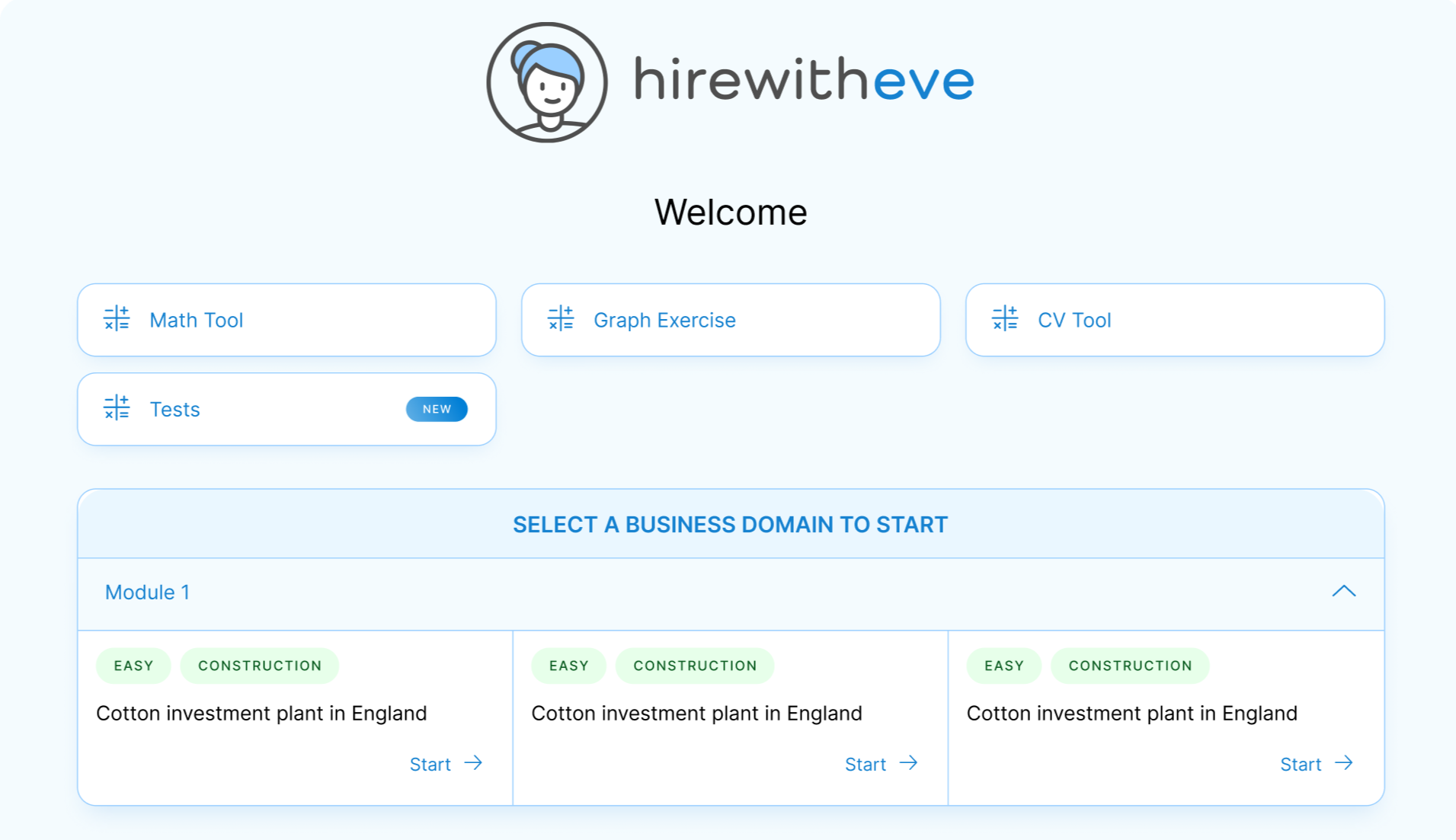How to Send a Rejection Letter After an Interview

Hiring is a complex process, and while it’s exciting to find the right candidate, many other applicants will not make it to the final round. For HR managers and talent acquisition specialists, knowing how to send a rejection letter after an interview is a key part of maintaining a professional and empathetic hiring process.
This practice not only reflects well on your company’s brand but also fosters positive relationships with candidates who may be a fit for future opportunities.
Table of contents
Why Sending a Rejection Letter is Important?
Knowing how to send a rejection letter after an interview is vital for several reasons:
Maintains Professionalism: A well-crafted rejection letter helps maintain professionalism throughout the hiring process. Candidates appreciate feedback and closure, and failing to send a rejection letter can leave them feeling ignored or undervalued.
Protects Employer Brand: Talent acquisition specialists know that a poor candidate experience can negatively affect the company’s reputation. With social media and employer review sites, it is easier than ever for candidates to share their experiences. Understanding how to send a rejection letter that is both kind and professional ensures that your company leaves a positive impression, even when the candidate is not selected.
Encourages Future Opportunities: Just because a candidate wasn’t the right fit for one role doesn’t mean they won’t be perfect for another. Sending a thoughtful rejection letter helps keep the door open for future opportunities.
When to Send a Rejection Letter After an Interview?
Timing is crucial when it comes to how to send a rejection letter after an interview. Here’s a general timeline to follow:
As soon as a Decision is Made: Once the hiring decision has been finalized, it’s best to notify the rejected candidates as soon as possible. Promptness demonstrates respect for their time and efforts.
Avoid Delay: Holding off on sending a rejection letter can create unnecessary stress for the candidates. They will likely be waiting for feedback and may miss out on other opportunities while they wait. For HR professionals, mastering how to send a rejection letter after an interview includes ensuring there is no unnecessary delay.
Before the Public Announcement: If your organization plans to announce the new hire publicly, make sure rejection letters have been sent beforehand. This prevents candidates from finding out they weren’t selected through a public announcement.
Key Elements of a Professional Rejection Letter
A well-crafted rejection letter should be respectful, empathetic, and informative. When thinking about how to send a rejection letter after an interview, consider including the following key elements:
Personalized Greeting: Address the candidate by name. Personalizing the rejection letter helps convey a sense of respect and effort, which candidates will appreciate.
Thank Them for Their Time: Express your appreciation for their time and effort during the interview process. A simple “Thank you for taking the time to meet with us” sets the tone for a positive message.
Be Direct but Gentle: State the decision clearly but empathetically. For example, “After careful consideration, we have decided to move forward with another candidate for this position.” Avoid being vague or overly harsh.
Provide Feedback (Optional): In some cases, providing brief feedback can be helpful. However, this should be done with caution to avoid potential legal liabilities or misunderstandings. Feedback should be constructive and carefully worded.
Encourage Future Applications: Let the candidate know that you would like to keep their resume on file for future opportunities. This is a great way to end the letter on a positive note and encourage a continued relationship.
Sign Off: Use a professional closing, such as “Sincerely” or “Best regards,” and include your full name and position.
Rejection Letter Templates: How to Send a Rejection Letter with Empathy
For talent acquisition specialists who are learning how to send a rejection letter, having a set of templates can be incredibly useful. Here’s a simple rejection letter template that balances professionalism and empathy:
Subject: Your Application for [Job Title]
Dear [Candidate’s Name],
Thank you for taking the time to interview with us for the position of [Job Title]. We were impressed by your qualifications and the experience you brought to the table.
After careful consideration, we have decided to move forward with another candidate for this role. While we won’t be proceeding with your application at this time, we would like to keep your resume on file for future openings that better match your skills and experience.
We appreciate the effort you put into the interview process and wish you the best of luck in your job search.
Sincerely,
[Your Name]
[Your Position]
Using this template can streamline the process of how to send a rejection letter after an interview while still making it personal and thoughtful.
Common Mistakes to Avoid When Sending a Rejection Letter After an Interview
Even experienced HR professionals can make mistakes when figuring out how to send a rejection letter after an interview. Here are some common pitfalls to avoid:
Being Too Generic: Sending a generic, cookie-cutter rejection letter can leave candidates feeling like their time and efforts were not valued. Personalizing the rejection letter shows respect and professionalism.
Waiting Too Long: A delay in sending a rejection letter can frustrate candidates. The longer you wait, the more difficult it becomes to send the letter. Always strive to send the letter promptly once a decision has been made.
Offering Too Much Feedback: While offering constructive feedback can be helpful, offering too much can backfire. Be mindful of legal considerations and ensure any feedback provided is neutral and helpful.
Neglecting Empathy: Rejecting candidates is never easy, but doing it without empathy can damage your employer's brand. A rejection letter should be professional but also empathetic and respectful.
Conclusion
Knowing how to send a rejection letter after an interview is an essential skill for HR managers and talent acquisition specialists. A well-crafted rejection letter not only maintains professionalism but also enhances your company’s reputation and leaves the door open for future opportunities. By following the best practices outlined in this guide, HR professionals can ensure that their rejection letters are both respectful and effective. Avoid common mistakes, be prompt, and always strive for empathy in communication.
The candidate's experience doesn’t end when a decision is made. It’s essential to close the loop with professionalism, ensuring that all candidates feel respected throughout the process—even if they didn’t get the job.
Target Your Talent
Unlock tailored solutions for your recruitment and hiring needs with Eve Platform's extensive case study library.
Subscribe now to enhance your HR expertise and excel in your role.
Free Resources

Transforming Hiring: 7 Key Recruiting Metrics
Enhancing recruitment processes with data-driven insights for better hiring outcomes.

Reducing Hiring Bias with Hirewitheve.
Utilizing Hirewitheve to combat bias and streamline recruitment processes effectively.

Hiring Detail-Oriented Candidates
HirewithEve enhances hiring by accurately assessing candidate's attention to detail-oriented.








